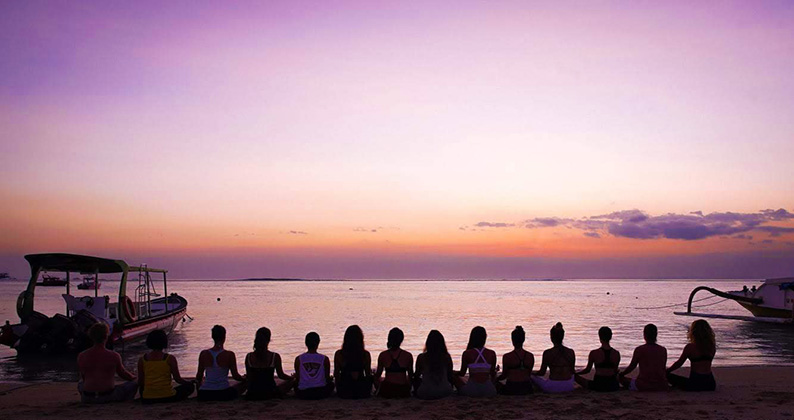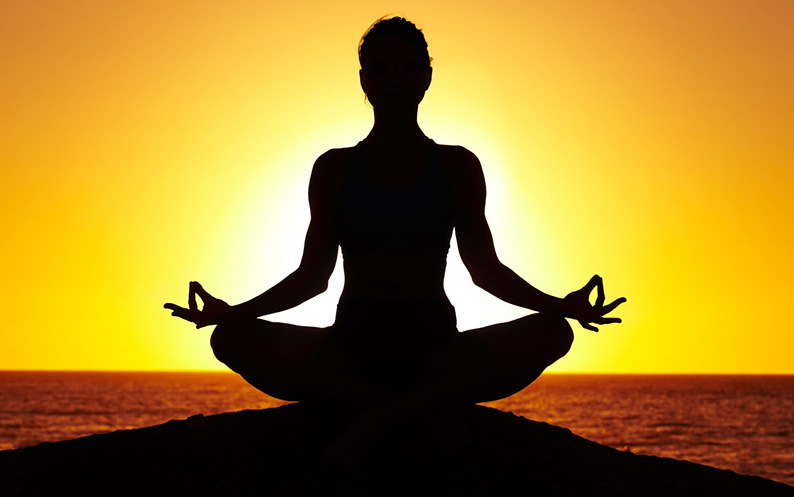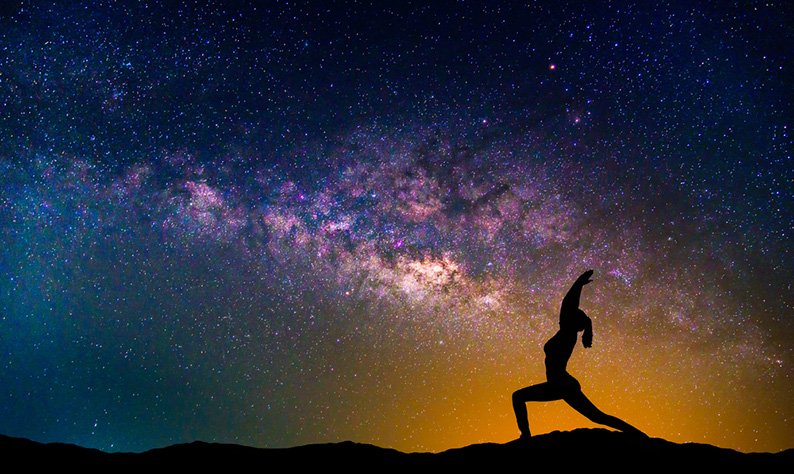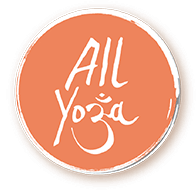How Can Yoga Save The Environment? – All Yoga Training
“You do not have to worry about Nature because Nature is an intelligent force which takes care of itself. If man does not protect Nature but destroys it, Nature will punish him.”
― Swami Satyananda Saraswati – an Indian yoga teacher and guru
Namaste, earthlings!
This is the way I see the environmental situation: it is not about us (humans). We need to start thinking differently about our role as species on this planet or otherwise, we are facing extinction. Full stop. The end. !Hasta la vista, baby!
Every real change starts with an inner breakthrough. Usually, we experience something in a way that makes us see “the Light”, “the Truth” (How come I didn’t see it earlier?). And only then us, humans, are determined to make a change (our species has done amazing things so far, biologically speaking humans love challenges!).
Most of us are already familiar with yoga and the benefits it can bring to our lives both physically and mentally: a stronger and more flexible body, a calmer and more understanding mind… Basically, yoga helps us connect to our inner Self and create and develop a connection with our body and mind. In summary, yoga tries to bring awareness to our own inner physical, emotional, mental, psychic and spiritual environment. But how about the care and awareness of the environment protection and pollution? Not sure about this.
 Yoga and the Environment
Yoga and the Environment
The five Yamas of yoga philosophy
After many years of leaning towards the physical side of yoga, I had my own breakthrough a few years ago when I started reading the Yoga Sutras of Patanjali (the “Bible” for yoga practitioners). It outlines the “eight limbs of yoga” – the guidelines for a meaningful and purposeful life. For the sake of having you all finish reading this article, I will focus on the first one: “Yamas”, a set of ethical rules or moral imperatives. The five yamas listed by Patanjali are:
● Ahimsa, the first of the yamas, means non-violence or non-harming oneself or other living beings. Vegetarianism is based upon this yama. However, let’s get started by making a more realistic step towards embracing it; think of all the plastic products you use in your everyday life. Unless you live in a developed country with the resources to store and recycle plastic properly, it often ends up being improperly discarded and soon will reach our ocean.
Yes, One Ocean to keep us all alive.
● Satya is truthfulness or honesty. What actions are you taking to have a more positive impact on the environment? I am definitely trying to reduce the use of plastic. However, I have to be honest: here in Thailand, there is not potable water tap, so I still buy big plastic bottles of water; I still drive my motorbike to work…
So let’s keep making small steps: think of your personal environmental fingerprint and how to reduce it. Believe it or not, by doing this you will be already moving towards the right direction – one step at a time.
 (Photo from malydziennik.pl)
(Photo from malydziennik.pl)
● Asteya means non-stealing. I address mostly to the “First World” or developed countries. For decades, under the name of “international trade agreements”, those countries with more wealth and power have guaranteed themselves with the best natural resources (water, fish, labor, etc…) – most of the times taken from far away and at very inexpensive prices. Ultimately, those plundered nations end up being even poorer and face civil wars that force the people to either face death or flee their homes to a better future.
I understand the current problem of immigration is much more complex than this, but hopefully, you might get the point. When it comes to the Earth and sustainability there should be less of “I have plenty of” and “I own all this”, but more of “There is plenty of this so let’s share it globally” for it does not (and never did) belong to a single country or nation.
● Brahmacharya addresses overindulgence. By buying less “stuff”, eating fewer animal products and sourcing our food from sustainable farms, we can spread the word that better solutions do exist and they don’t have to cater to mega-corporations and lobbyist pressure.
● Aparigraha suggests not to be greedy or possessive. So rumour has it that some big corporations are trying to make natural water sources private. It could be a matter of time that the air and crops become private, too. Similarly, in the yoga world, for the last
ten years, the founder of “hot” yoga has tried to copyright his sequence of yoga poses in a heated room. Apparently, this self-styled guru seemed more interested in amassing personal wealth and recognition than staying true to the essence of yoga. Hopefully, for the yoga community, he has lost the legal fight and the poses were and remain in the public domain.
These two are just examples of aparigraha or the idea that we can just grab anything that was already out there naturally or previously created, and pretend to OWN it with the single goal of becoming more powerful and wealthier.
 (Photo from finerminds.com)
(Photo from finerminds.com)
“The Fundamental Law”
I read this book when I was a child: Ami “Child of the Stars” (no asteya here, it is a free download). In the book, something called “The Fundamental Law” is explained: “Evolution means approaching love. The most evolved beings experience and express more love. The measure of a being’s greatness or smallness is determined only by the measure of his or her love…”.
Maybe it is time for us to take a look at the bigger picture. To embrace this Universal Law. To embrace love and evolution. A question of measures.
Let me finish by quoting a great human and yogini, Denise Bordeleau: “I used to put my mat on the earth, but now I try to make the earth my mat”.
Namaste!
Read More Blogs
Want to Become a Yoga Teacher and/or
Deepen your Yoga Practice?
2 FREE EBOOKS FOR YOU:
- 20 things to know before choosing a yoga teacher training
- 7 tips to deepen your yoga practice right now

Copyright © 2024, All Yoga International ltd. All Rights Reserved
Privacy Policy
